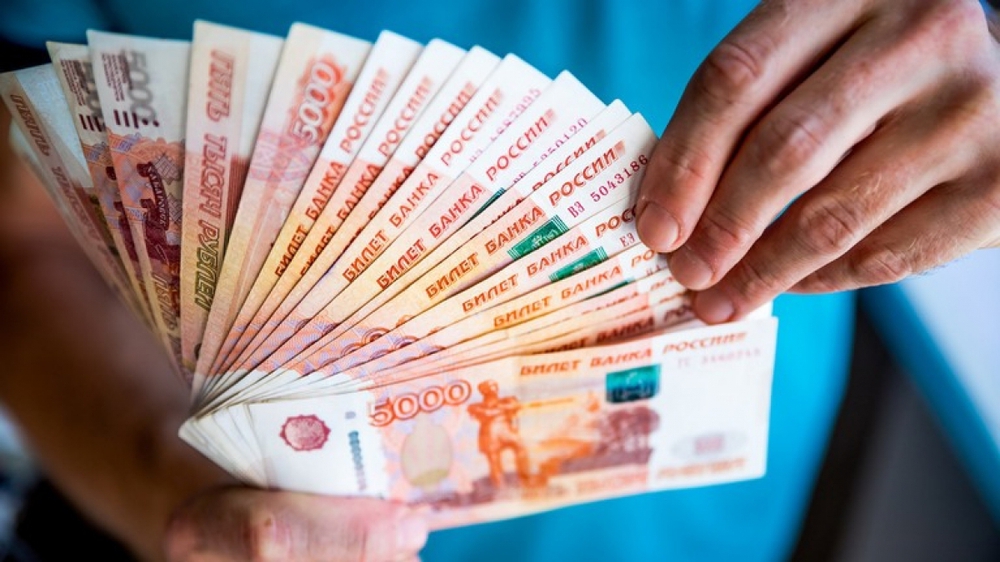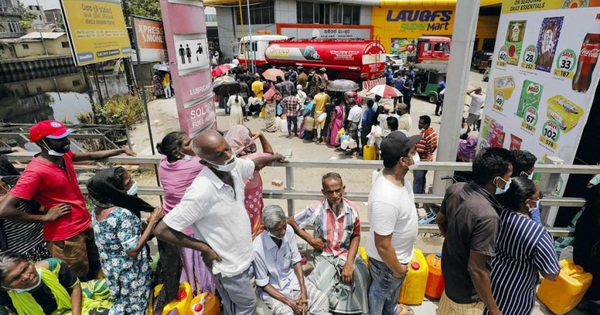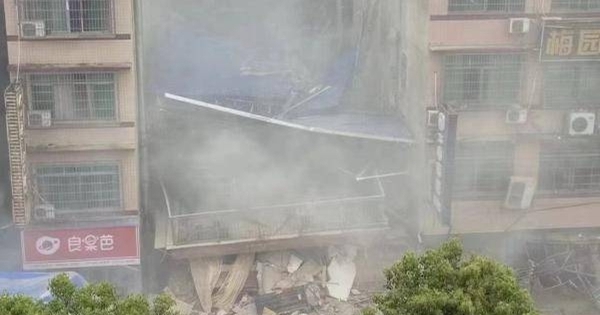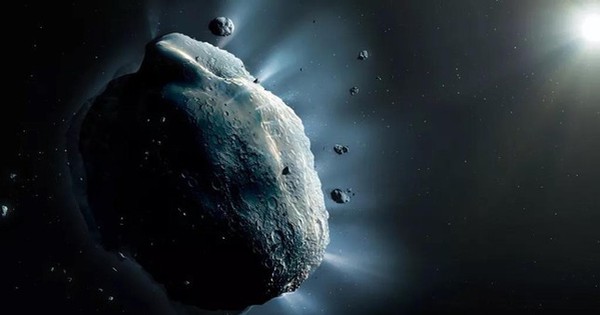Unprecedented scale of sanctions
Fighting between Russia and Ukraine it has been almost three months since Moscow launched a special military operation in the neighboring country. Despite strong resistance from Ukraine and a series of Western sanctions packages, there is still no sign that Russia will end this military campaign.
Until now, most analysts have focused mainly on the developments on the battlefield, the flashpoints of conflict, the advance or the setback of both Russia and Ukraine, with little attention paid to the economic resilience. Russia’s strength despite the West’s continuous sanctions. In the context that the world is facing supply chain problems, energy shortages and economic recession, it is worth noting that sanctions have not been able to drag down the Russian economy.
Before and after discussing the ways Russia can prevent an economic disaster, it is essential to understand the scale of sanctions the country is facing. First was the sanctions on Russia’s central bank – an unprecedented move that essentially froze more than $300 billion of the country’s foreign exchange reserves. In addition, the sanctions also prohibit the export of advanced technology, equipment in the energy industry and aerospace technology to Russia.
The US alone has banned the import of crude oil, gas, coal, crude products and any other energy products from Russia. The European Union has committed to ban coal and is considering banning Russian oil imports.
As a result, a series of international companies such as McDonald’s, Coca-Cola, Apple and BP left Russia. Unlike the sanctions imposed by the West after Russia annexed the Crimean Peninsula, this latest round of sanctions is effective and has immediate effects.
The Russian ruble has lost almost 50% of its value against the dollar, the Moscow stock market is closed, and it looks like the West has succeeded in pushing Russia into an economic crisis.
But then the ruble began to regain its value. Up to now, the value of the ruble has increased more than it was before the war. Other indicators such as the high consumption index show that the Russian economy is growing quite well. This leads observers to question, how has Russia managed to keep its economy steady?
The main factors determining the viability of the Russian economy
Its status as a net exporter of both energy and staple foods has allowed Russia’s economy to continue to grow. On the other hand, if similar sanctions were imposed on a net importer, the consequences would be deindustrialization, famine and unrest.
Russia has the advantage to survive the economic attack of the West. The country can also generate a large trade surplus from energy exports because oil and gas prices are at their highest levels in years. In addition, strong trading relationships with both China and India also help ensure foreign currency flows into Russia to assuage any worries about insolvency. Another source of foreign currency comes from the European Union, when this bloc has not been able to completely break away from Russian energy.

The Russian ruble quickly recovered despite sanctions. Photo: Getty
Of course, all this foreign currency will become worthless if Russia cannot use it due to sanctions. This is what led credit rating agencies to warn Moscow could face a default in April. But again, Russia proved this assessment wrong by taking advantage of sanctions loopholes.
The US has previously applied a temporary waiver of Russian debt payments in its sanctions policy, allowing Moscow to pay off its foreign bond debts and avoid default. However, this provision will expire on May 25 – when Russia will still have nearly $ 2 billion worth of government bonds to be paid to foreign investors before the end of the year. The latest information from Bloomberg said that the US Treasury Department has no plans to extend this exemption. Once the decision is implemented, it is unclear how Russia will manage to pay its foreign creditors. The Russian Ministry of Finance announced it may have to adopt the payment in rubles.
In addition to advantages in energy, food production and debt repayment, another decisive factor was the fact that the Russian government took a series of urgent measures to “save” the ruble. Since 2014, when the US and EU sanctioned Russia over Crimea, Moscow has been working to create an “economic fortress” to fend off the sanctions.
For example, Russia has increased its gold and foreign currency reserves with a value of about $ 640 billion to be able to cope with the risk of crisis. Russia’s central bank also raised interest rates to 20%, forced Russian exporters to convert 80% of their foreign currency revenue into rubles and limited the amount people could withdraw from foreign currency accounts in Russia. $10,000 level. All these measures, along with President Putin’s demand that unfriendly countries pay for their natural gas purchases in rubles, have helped Russia control the domestic financial markets and restore the local currency.
While Russia remains resilient to Western sanctions for the time being, the long-term growth outlook for its economy is certain to be fraught with difficulties. Measures against sanctions are not a permanent solution. Not to mention, Russia also faces difficulty accessing the technologies and goods needed to sustain key industries. The West’s efforts to isolate, along with a reduction in the need for oil and gas imports, could reduce Russia’s economic power. Moscow can deal with sanctions better than any other country in the world, but the struggle is sure to drag on.
at Blogtuan.info – Source: Soha.vn – Read the original article here



